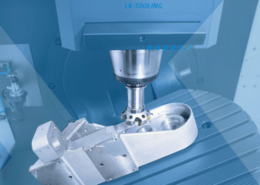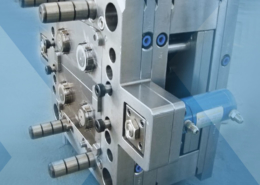
Flexible Made to Fit Mouldings - flexible plastic molding
Author:gly Date: 2024-10-15
Rotational molding offers manufacturers a cost-effective method to produce hollow, seamless parts using thermoplastic polymers. Polymer resin is placed in a mold, which is then heated and rotated on two axes to evenly distribute the melted plastic resin through the interior of the mold. As it cools, the plastic solidifies into the desired shape, vessel, or container. The rotational molding process yields components with a high strength-to-weight ratio, which also provides chemical resistance and corrosion protection.
This seamless interior minimizes weak points where chemicals could potentially penetrate or react with the material. The homogeneous nature of the plastic structure enhances its resistance to various chemicals and corrosive substances.
The mold is removed from the machine and the plastic part is carefully taken out of the mold. The resulting seamless thermoplastic piece can be machined to tight tolerances, painted, or otherwise finished and assembled with other parts.

The properties of rotationally molded containers or vessels benefit numerous applications within multiple industries, including aerospace, agriculture, automotive, mining, metallurgy, pharmaceuticals, and semiconductor fabrication.
A mold is mounted to a multi-axis rotational molding machine. Thermoplastic resin is placed inside the mold, and in some circumstances, components such as mounting nuts or brackets are inserted at this time as well.
Rotational molding is a manufacturing method that produces parts fabricated from polymer resins, which can offer excellent chemical and environmental resistance. The resistant properties of selected polymer resins are aided by the seamless interior that results from the rotational molding process.
We use a variety of thermoplastic polymers in our rotational molding process, including polyethylene, polypropylene, and PVC. We also offer proprietary resins. Resin selection depends on the specific requirements of each individual project. Factors such as durability, chemical resistance, availability, and cost optimization play important roles to help determine the ideal material.
A seamless interior also eliminates cracks or crevices where bacteria or contaminants could accumulate, enabling rotationally molded containers and vessels to serve in high-purity manufacturing operations.
Thin-walled, hollow parts that require tight tolerances can be manufactured using a rotational molding (rotomolding) process. Our consistent manufacturing process gives us the ability to create complex geometries in a single seamless part. We use proprietary resins and cost-effective, affordable tooling.

The mold is rotated inside of an oven. As the mold rotates, the polymer becomes molten and forms an even layer across all internal surfaces.

Overall, rotomolded containers and vessels are valued for their ability to maintain their structural integrity and the durability and impact resistance they can offer, alongside their chemical and environmental resistance. Rotomolding also presents cost advantages compared to other manufacturing methods for an impressive return on investment.
We use the rotational molding process to create aerospace parts and high-purity containers. We also have the capability to manufacture a wide range of molded pieces in our ISO Class 7 Clean Room for high-purity applications.
GETTING A QUOTE WITH LK-MOULD IS FREE AND SIMPLE.
FIND MORE OF OUR SERVICES:

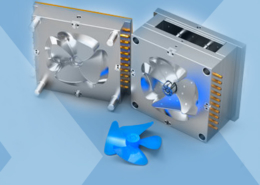
Plastic Molding
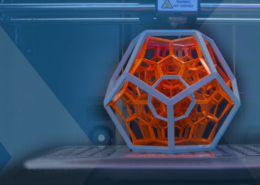
Rapid Prototyping
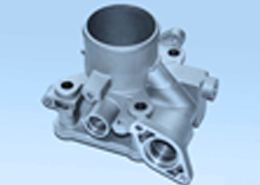
Pressure Die Casting
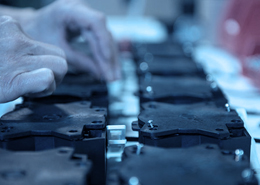
Parts Assembly
